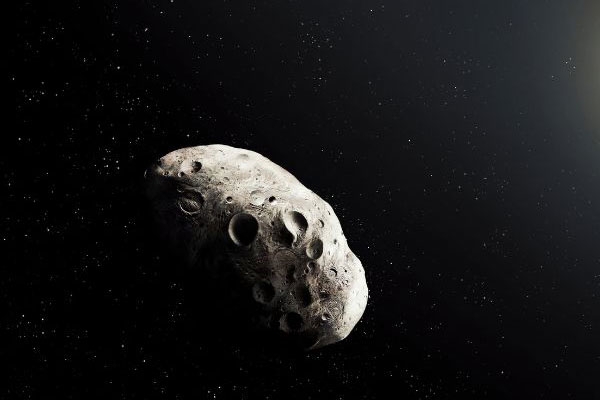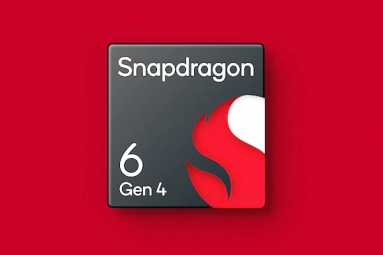
(Image source from: Canva.com)
The asteroid Apophis, also called the “God of Destruction,” will approach Earth in April 2029. Although the risk of a direct collision with a planet is very low, a new study suggests that a smaller asteroid or space rock could collide with Apophis. It can change its orbit and increase the chances of hitting Earth. Apophis is between 340 and 450 meters in diameter and runs 37,000 kilometers from Earth, so it may be visible to the naked eye. A new study suggests its orbit could change if a smaller asteroid or space rock collides with Apophis. The consequences of this are significant. Although Apophis is the size of the Empire State Building, such an impact could alter its trajectory and potentially affect future encounters with Earth, including a flyby in 2029. The Indian Space Research Organization (ISRO) is closely monitoring the asteroid Apophis. Earlier, ISRO chief Dr. S. Somanath tells NDTV that the massive asteroid impact is a "real existential threat to humanity".
“ISRO is very sensitive to this threat and our Space Object Tracking and Analysis Network (NETRA) is closely monitoring Apophis. However, we only have one habitable Earth. India will work with all countries to prevent such threats in future,” ISRO chief said. Meanwhile, a new study by astronomer Paul Wiegert of the University of Western Ontario suggests that Apophis is unlikely to be distracted by a smaller asteroid on a collision course. Wiegert said the chance of an asteroid hitting Apophis from its dangerous side is about 1 in 1 million, and a direct hit in 2029 is 1 in 2 billion. Wiegert's research shows that a small asteroid hitting Apophis could theoretically change its orbit, but the likelihood of such an event occurring is extremely small. This study examined the possible impacts of objects at a distance of 60 cm to 3 m and found that these impacts must occur at precise angles to have a significant impact on the apophyseal trajectory.
Apophis was discovered in 2004 and initially caused a stir due to its size and trajectory, making it a major concern on the European Space Agency (ESA) and NASA's list of collision hazards. But a flyby in March 2021 reassured scientists that Apophis would not pose a threat for at least another 100 years. Despite its scary nickname, the asteroid is unlikely to cause a catastrophic collision in 2029. Should future navigation pose a threat in 2036 or 2068, scientists have discussed possible mitigation strategies, including redirection missions similar to NASA's Dual Asteroid Redirection Test (DART).







